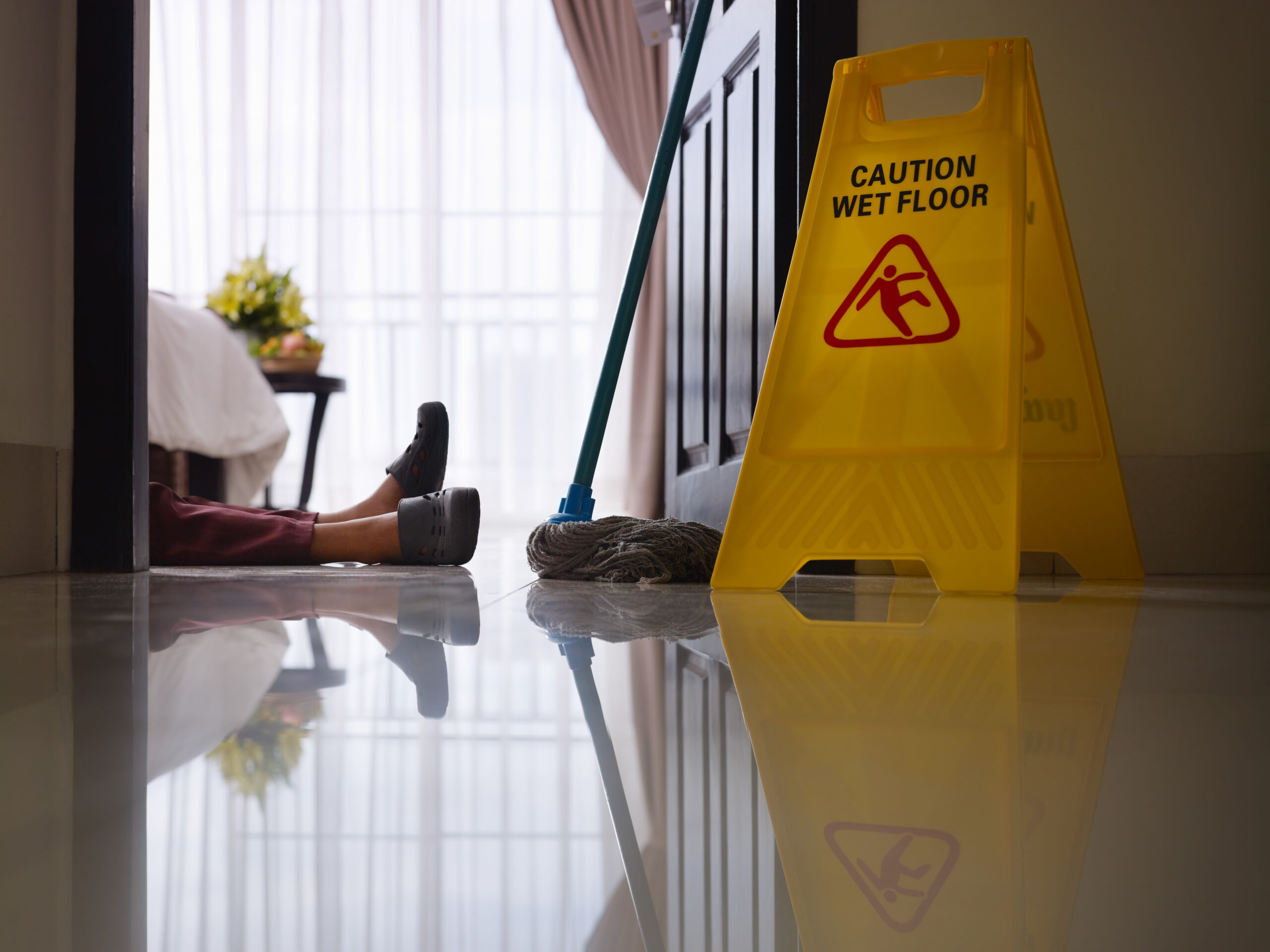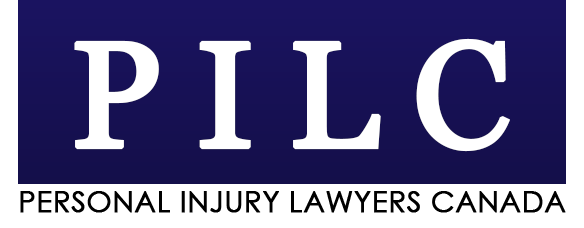What constitutes a slip and fall claim?

A slip and fall claim, also known as a premises liability claim, refers to a legal case where an individual seeks compensation for injuries sustained due to a slip, trip, or fall on someone else’s property. These claims typically arise when the property owner or occupier fails to maintain a safe environment or adequately address hazardous conditions. While the specific criteria may vary based on jurisdiction and applicable laws, the following elements are generally considered in a slip and fall claim:
Duty of care: The property owner or occupier must owe a duty of care to those entering the premises. This duty varies depending on the legal status of the visitor (e.g., invitee, licensee, trespasser) and the specific circumstances of the case.
Hazardous condition: It must be shown that there was a hazardous condition present on the property that caused the slip and fall incident. Examples include wet or slippery floors, uneven surfaces, inadequate lighting, broken stairs or handrails, potholes, or other dangerous conditions.
Knowledge or negligence: The property owner or occupier must have known or should have known about the hazardous condition and failed to take reasonable steps to address or warn visitors about it. This could include not fixing the hazard, not providing warnings or signage, or not implementing proper maintenance protocols.
Causation: It must be demonstrated that the hazardous condition directly caused the slip and fall accident and resulting injuries. This requires establishing a causal link between the condition and the injuries sustained.
Damages: The injured person must have suffered damages as a result of the slip and fall incident. This can include medical expenses, pain and suffering, lost wages, diminished earning capacity, rehabilitation costs, and other related losses.
To strengthen a slip and fall claim, it is important to gather evidence, which may include:
- Photographs or videos of the hazardous condition and the accident scene.
- Eyewitness testimonies from individuals who witnessed the incident.
- Incident reports or documentation from the property owner or manager.
- Medical records and documentation of the injuries sustained.
- Maintenance records or records of prior incidents indicating a history of similar hazards.
It is advisable to consult with a personal injury attorney experienced in premises liability cases to assess the strength of your claim, navigate the legal process, and seek fair compensation for your injuries and losses. Laws regarding slip and fall claims can vary, so consulting a legal professional will help ensure your rights are protected and proper legal procedures are followed.
